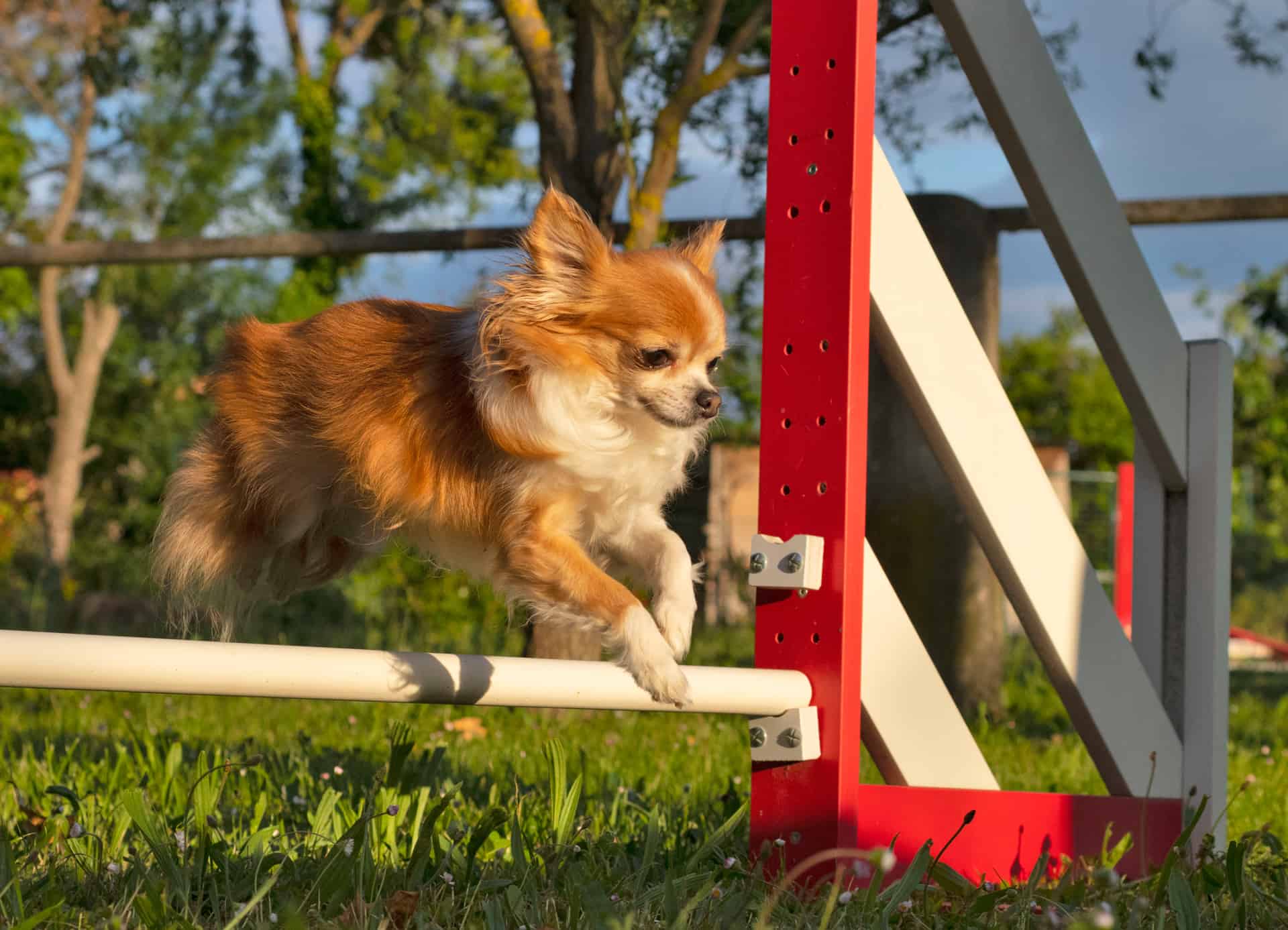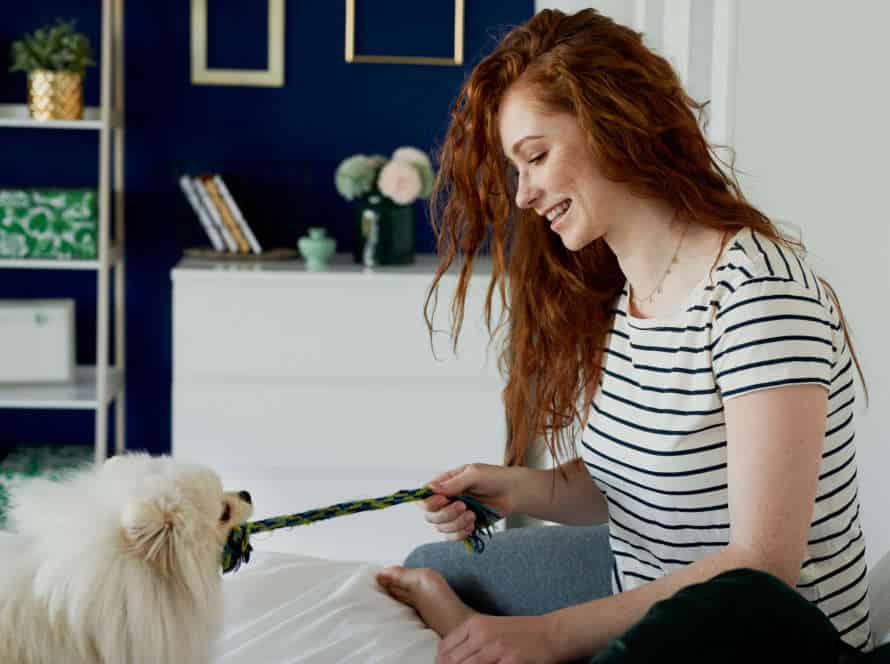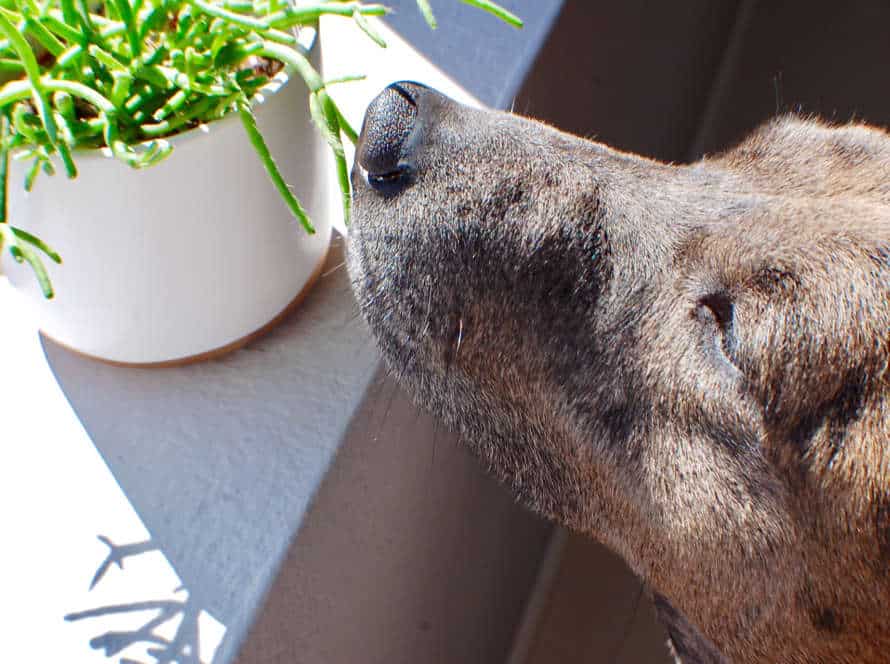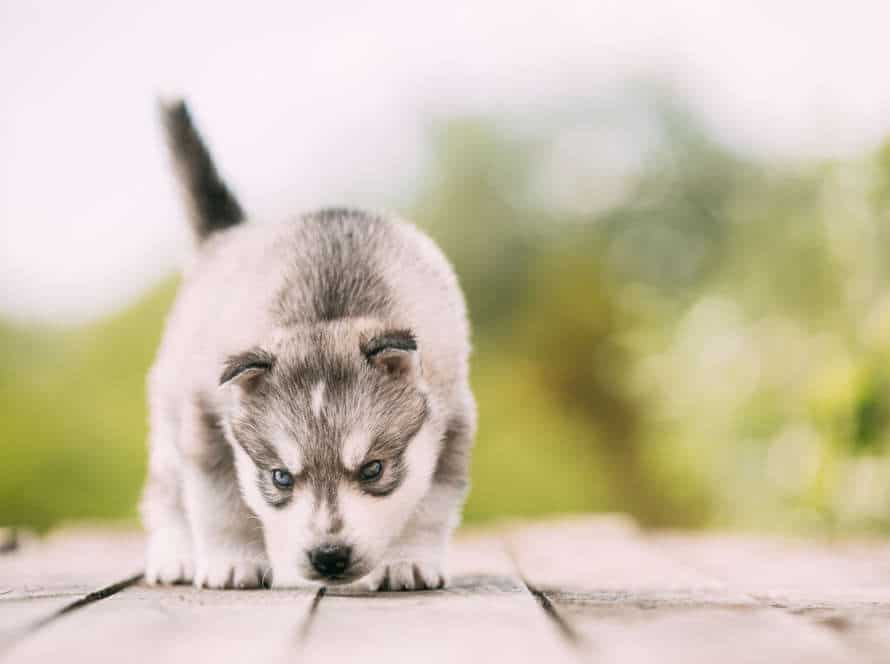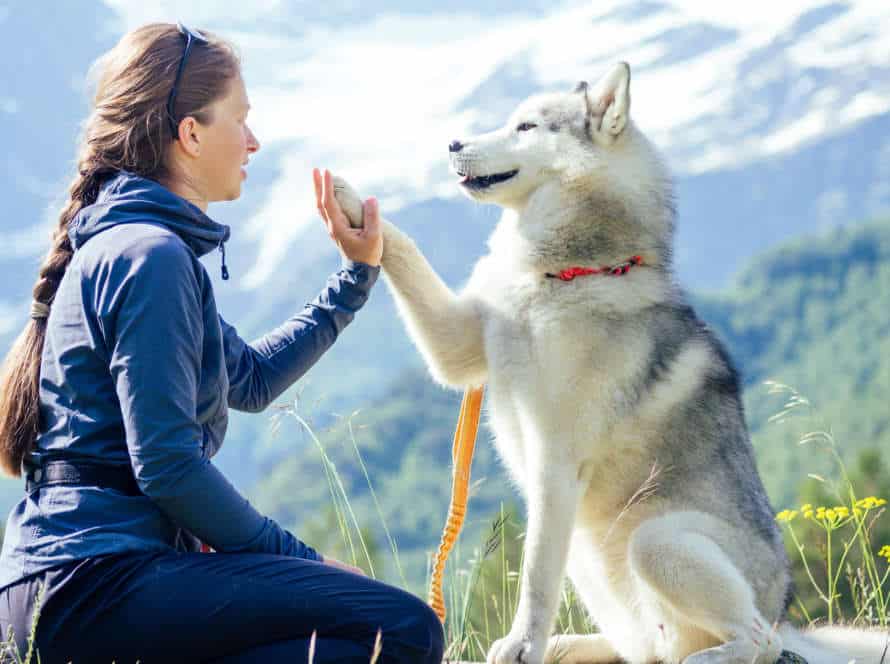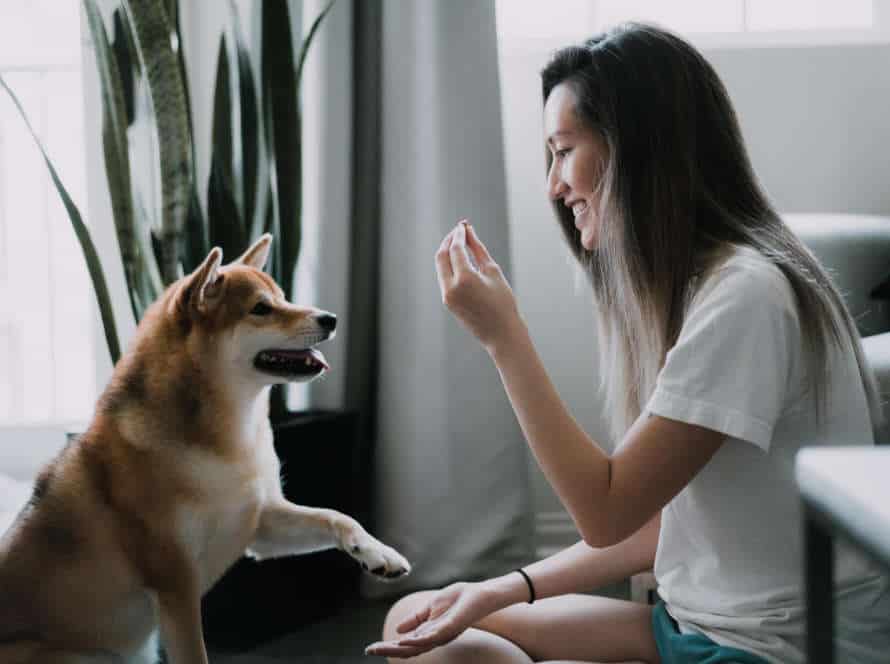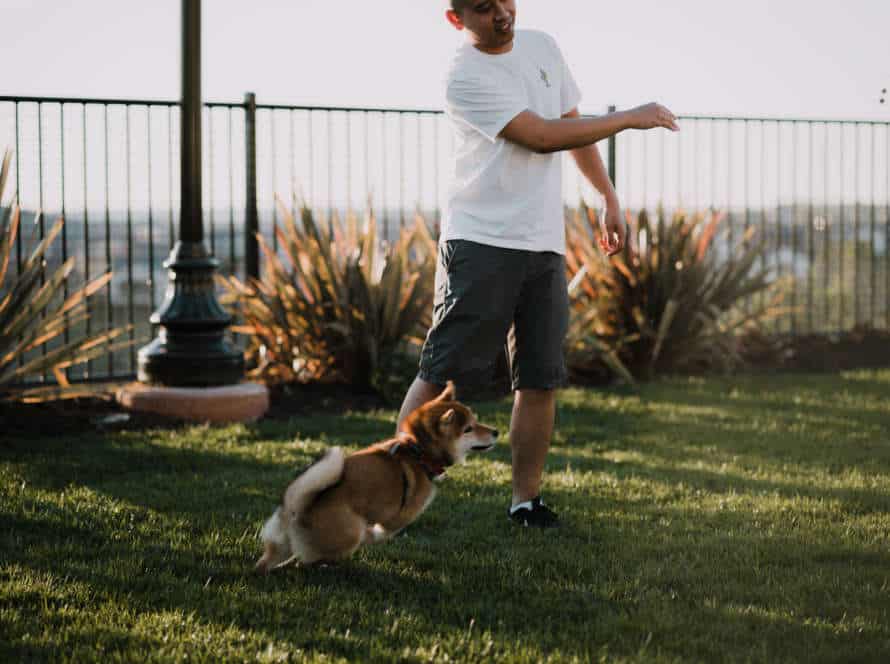Benefits of Introducing Puppies to Agility at a Young Age
Introduce your pup to agility play! It offers them many physical, mental, and emotional benefits. Puppies are naturally inquisitive and playful. Starting early with agility training and obstacles helps them grow into content, balanced adult dogs. Let’s explore the advantages of obstacle courses for puppies!
Improved physical fitness and coordination
Introducing puppers to agility while they are still young has huge benefits! They will develop a healthy and active lifestyle. Plus, obstacle play is an awesome way to give pups exercise and help them become more agile.
Benefits include:
- Better cardio & stamina
- Muscle strength, flexibility, and coordination
- Enhanced problem-solving skills & cognitive function
- More confidence & socialization skills
- Lower risk of obesity, joint problems, and other health issues.
Pro tip: Talk to a professional before you start agility training or obstacle play with your pup! Make sure it’s age-appropriate and enjoyable for them.
Increased socialization and confidence
Introducing puppies to agility gives them tons of benefits! Such as:
- Socialization: Agility classes give puppies a chance to learn social cues around other dogs and people. It can prevent behavioral issues later in life.
- Confidence: Positive reinforcement training helps puppies learn new skills and overcome obstacles. This gives them confidence and reduces fear of new experiences.
- Physical Health: Agility training keeps puppies fit and healthy by improving their cardio, endurance, and overall health.
- Mental Stimulation: Agility training keeps puppies’ minds active and reduces the risk of depression or boredom-related diseases.
In conclusion, introducing puppies to agility offers lots of amazing benefits. So, make your puppy’s life more active and playful!
Improved obedience training through engaged play
Introducing puppies to agility play can reap big rewards! Obstacle courses, like tunnels, jumps and weave poles, can help pup’s obedience training. Here are some ways agility training can help:
- Positive reinforcement builds strong bonds between pup and owner.
- Focus, confidence and problem-solving skills are essential.
- Fun activities reduce anxiety, hyperactivity and destructive behavior.
- Agility play provides an outlet for energy and stimulates pups mentally and physically.
In conclusion, introducing puppies to agility play helps improve obedience training, health and wellbeing.
Types of Obstacles for Young Puppies
Puppy owners want to give their pup a place to be active and explore. Introducing agility obstacles to puppies early is one way to do this. However, puppies are young and growing, so the type of obstacle is important. It must not be too tough. In this article, we will cover the various obstacles suitable for young puppies.
Jumps and Hurdles
Introducing obstacles to puppies is essential for their growth. Here are some basic jumps and hurdles they should start with:
- Weave Poles: Puppies need to weave through these spaced poles.
- Bar Jumps: They must jump over this horizontal bar.
- Tire Jumps: Puppies have to jump through a hanging tire.
- Tunnel: This obstacle requires them to run through a flexible tube-like structure.
- Pause Table: A platform for them to climb up and stay for a set amount of time.
Introducing these obstacles early helps puppies develop skills for agility training.
Tunnels and Chutes
Tunnels and chutes are two common obstacles in puppy agility training. They help puppies grow confident and coordinated.
Tunnels:
These are collapsible tubes, made of flexible materials like nylon. They come in different lengths and diameters. They can be straight or curved. Tunnels are great for getting puppies used to dark spaces. To introduce them, start with a short, straight tunnel made from soft materials like blankets or towels.
Chutes:
These are long, narrow tunnels crafted from sturdy materials like canvas or PVC. Chutes teach puppies to push through obstacles and build their confidence. When introducing them, start by laying the chute flat on the ground. Guide with a treat or toy. Gradually increase the angle until your puppy can run through it confidently.
Pro Tip: Always supervise puppies around obstacles. Keep them safe and age-appropriate.
Weave Poles and Pause Tables
Weave poles and pause tables are great obstacles for young puppies to start agility training.
Weave poles help teach puppies to weave in and out, start with a few and increase as they get more comfortable.
Pause tables allow puppies to take a break and practice impulse control.
Introducing puppies to these obstacles will give them coordination and confidence.
Positive reinforcement and praise during training makes it rewarding and enjoyable.
Training Techniques for Young Puppies
Introducing agility to puppies is great! It helps boost confidence, teaches self-control, builds trust and problem-solving skills. Keep it simple and be patient. Here’s how it’s done: try different training techniques for teaching pups obstacle play. Enjoy!
Positive Reinforcement and Clicker Training
Positive reinforcement and clicker training are great ways to teach young puppies, including agility and obstacle play.
Reward your pup for desired behavior with treats or praise. Use a clicker sound to mark the exact moment when they do it.
Start with simple commands like “sit” and “stay”.
Once they master the basics, you can introduce more complex activities.
Keep sessions short and fun. Always reward them for their effort. With patience and consistency, they will learn and succeed.
Pro tip: Use high-value treats like cooked chicken or cheese.
Incorporating Treats and Toys as Rewards
When training young pups, incorporate treats and toys as rewards! This helps motivate them, plus makes the process fun. Here are some tips:
- Offer high-value treats, like cheese or chicken.
- Praise and treat immediately for good behavior.
- Use balls or tug toys for obstacle play.
- Don’t punish – it’s bad for their mental health.
- Keep training short and frequent.
Consistency is key! Establish rules and stick to them.
Introducing New Obstacles Slowly and Carefully
Introducing new obstacles slowly and carefully when training young puppies is important. Here’s how to do it: Start with easy exercises, such as crawling under a low obstacle or walking through poles on the ground. Once your puppy has mastered these exercises, increase the difficulty. Supervise your pup closely and reward them for good behavior. Avoid pushing your pup when they’re tired or distracted. With care, your puppy will have a strong foundation for agility training in the long run.
Pro Tip: Safety is key. Keep training sessions short and fun to keep your pup interested.
Precautions and Safety Measures for Young Puppies
Introduce your pup to agility and obstacle fun! But, remember safety is important. Ensure your pup is healthy and fit. Then, understand the correct level for your puppy’s age and size. Here are a few tips for puppy safety and precautions:
- Start with easy obstacles and build up slowly as your pup gains confidence and experience.
- Always supervise your pup and keep a close eye on their behavior to ensure they are not pushing themselves too hard.
- Make sure that all obstacles are properly secured and stable to prevent injury.
- Use positive reinforcement and rewards to encourage your pup and make it a fun experience for them.
- If you have any concerns or questions about your pup’s health or abilities, consult with a veterinarian before starting.
Enjoy the experience!
Ensuring Proper Warm-Up and Cool-Down
It’s essential to have proper warm-up and cool-down routines for young puppies during agility training. This is due to their developing joints, which can be harmed or damaged from sudden or repetitive movements. Here are some safety tips:
- Walk and stretch your pup before agility training or obstacle play.
- Start with simple and low obstacles and gradually increase difficulty and height as the pup progresses.
- Keep sessions short and engaging. Avoid repetitive movements that could cause physical stress.
- Allow resting periods for your pup to recover.
- Cool them down after each session with plenty of water and gentle, focused stretches.
By following these precautions, you can help your pup develop agility skills safely and healthily.
Choosing the Right Size and Height for Obstacles
Choosing the right size and height for obstacles is essential when introducing young puppies to agility training. Safety must be #1 priority when setting up an obstacle course. Here are some tips to consider:
- Age & size of puppy – Keep in mind the age & size of the pup while setting up the course. Don’t pick obstacles they may not be able to navigate safely.
- Begin low & slow – Start with the lowest & simplest obstacles first, like tunnels or jumps only a few inches high. Slowly build up the height & complexity as the puppy grows & gains experience.
- Supervision & guidance – Always supervise & guide the puppy while navigating the obstacle course to ensure safety & prevent accidents.
- Positive reinforcement – Use positive reinforcement techniques, like treats or verbal praise, to keep your puppy engaged with the obstacle course.
By following these precautions & safety measures, pups can grow confident & coordinated while having fun with agility training.
Building Confidence and Trust with Your Puppy.
Building trust and confidence with your puppy is a must for a strong bond and a healthy, well-behaved pup. But, obstacle play at a young age can be risky. So, take note of these tips for introducing obstacle play to your puppy:
- Start slow and increase difficulty gradually.
- Use age-appropriate equipment with non-slip surfaces and safe materials.
- Don’t force your puppy or push them to do something they’re not ready for.
- Always supervise your puppy to guarantee safety.
These precautions can help make obstacle play fun and safe, building your pup’s confidence, trust, and physical abilities.
Frequently Asked Questions
1. What is agility training for puppies?
Agility training for puppies is a form of obstacle play that helps young dogs build confidence, strength, and coordination through a sequence of obstacles, including jumps, tunnels, weave poles, and see-saws.
2. At what age can puppies start agility training?
Puppies can start agility training as early as 4-6 months of age, depending on their individual physical and emotional development. It’s important to introduce obstacles gradually and in a positive and fun manner.
3. How can I prepare my puppy for agility training?
You can prepare your puppy for agility training by making sure they have a strong foundation in basic obedience, such as sit, stay, come, and walking on a leash. It’s also important to socialize your puppy with other dogs and people, and to expose them to new sights, sounds, and environments.
4. What are the benefits of agility training for puppies?
Agility training is a great way to bond with your puppy and give them a mental and physical workout. It can also help build their confidence, improve their focus and self-control, and provide a fun and engaging activity for both of you.
5. Are there any risks associated with agility training for puppies?
Agility training, like any other form of physical activity, does come with some inherent risks. It’s important to make sure your puppy is healthy and physically capable of the exercises, to use only safe and appropriate equipment, and to always supervise and reward your puppy for their efforts.
6. Can any breed of puppy participate in agility training?
Most breeds of puppies can participate in agility training, but some are better suited than others due to their physical build and temperament. It’s important to consult with your veterinarian and a professional dog trainer to determine if agility training is appropriate for your puppy’s breed and individual needs.

